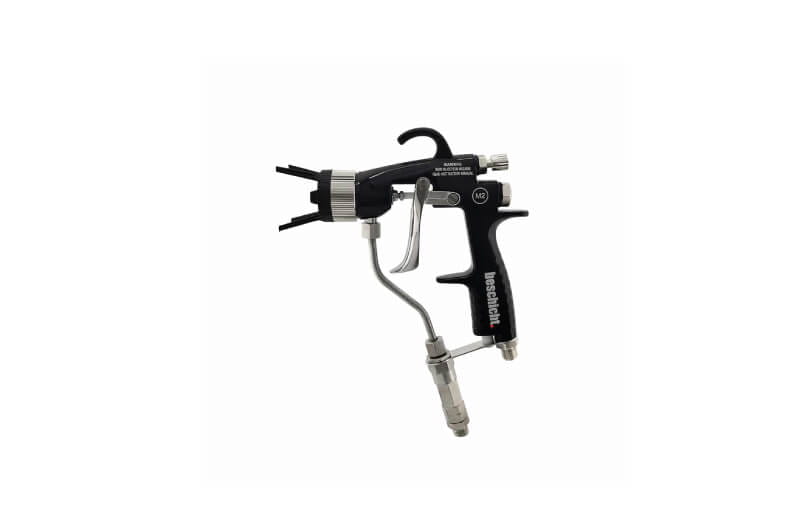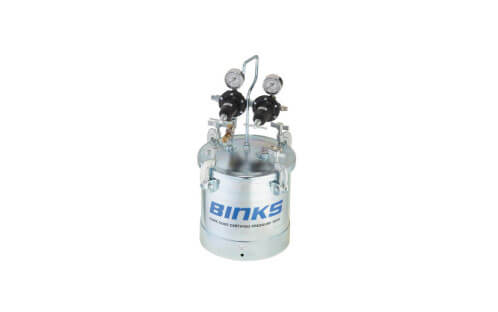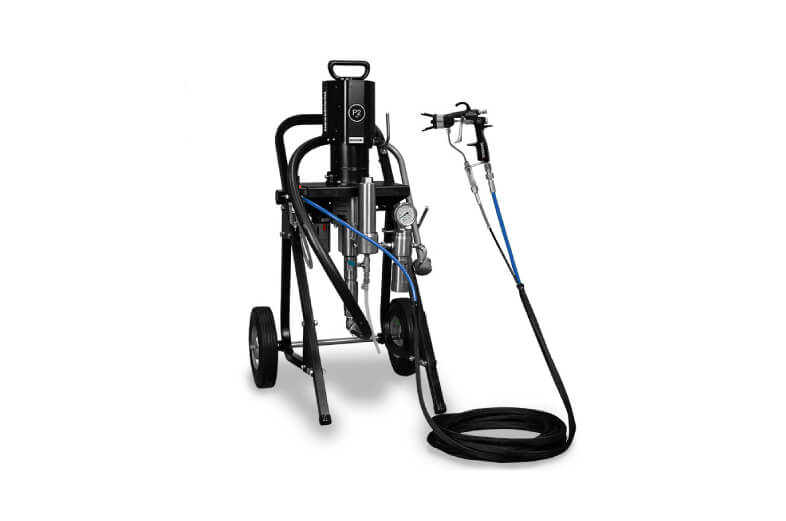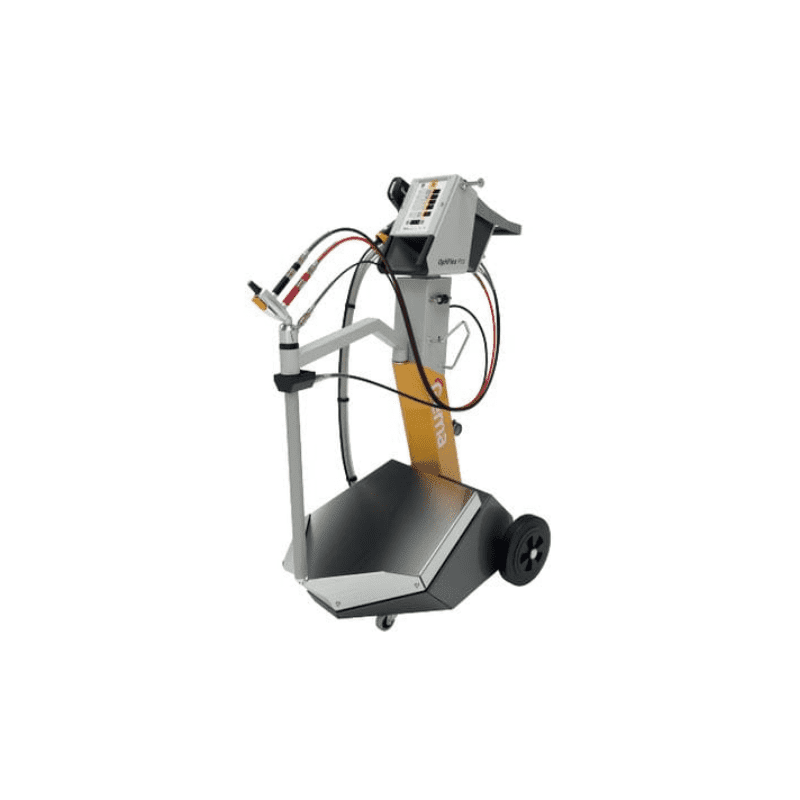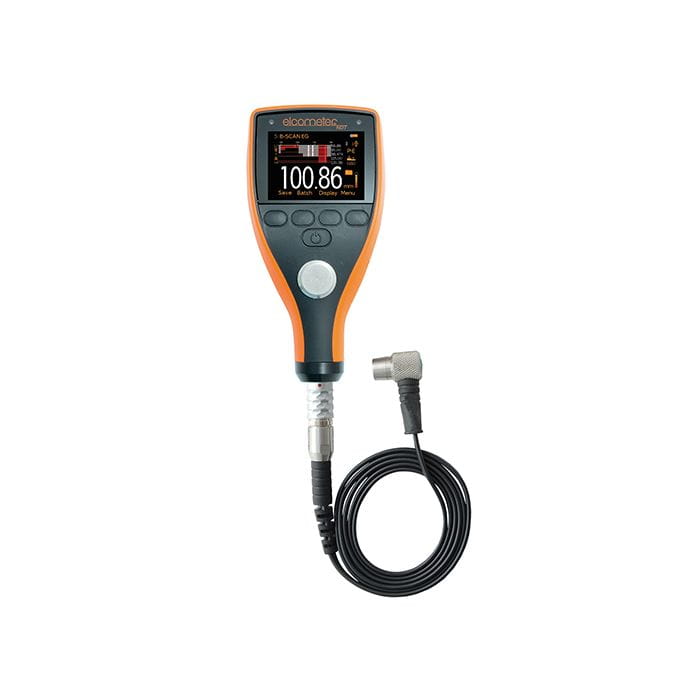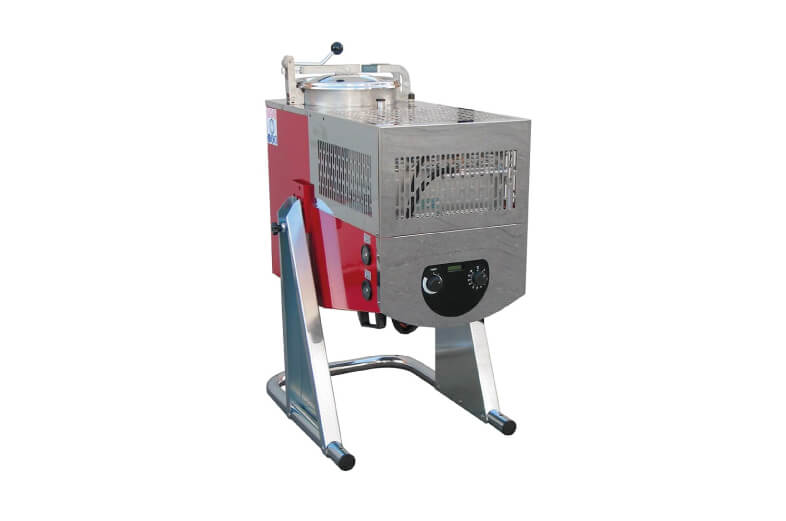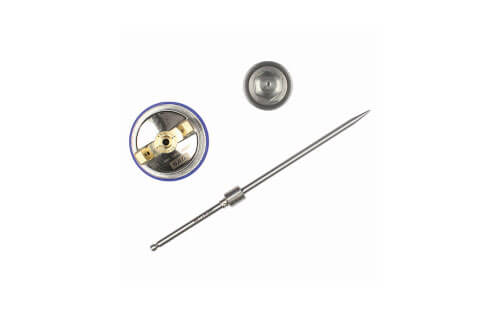Powder Separation Degree: How to Optimize Cyclone Efficiency
The efficiency of the powder recovery system directly affects coating quality and cost-effectiveness. Ideally, the cyclone should separate nearly all overspray – even minor losses mean material waste and polluted air.
🚩 Causes of Poor Separation
- Leaks in the recovery system: Leaky housings, filter modules, hoses or joints reduce vacuum efficiency and cause powder loss.
- Insufficient exhaust performance: If air volume is too low, airflow doesn’t match system specifications – powder bypasses the cyclone.
- Overfilled cyclone cone: If the cone is full and the level sensor malfunctions, the system may fail and misfeed powder.
🛠️ Recommended Optimization Measures
- Ensure system tightness: Regularly check all seals, mechanical joints, and hoses – leakage directly leads to powder loss.
- Adjust airflow according to system curve: Set blower output as per manufacturer specs to stay within optimal performance range.
- Check cyclone cone level sensor: Ensure proper function – an overfill shutdown protects from misfeeds and system faults.
- Routine cleaning and maintenance: Remove powder buildup on cyclone walls and inspect seals and sealing compounds.
✅ Benefits of Clean Separation
- Highly efficient powder recovery with minimal loss
- Reduced emissions and cleaner air in the plant
- Cost-effective reuse of recovered powder
- Less cleaning effort and longer filter lifespans
🔗 Further Information
See GEMA’s “Powder separation degree of the cyclone” Tips & Tricks section for more on leak detection, blower tuning, and sensor calibration.

